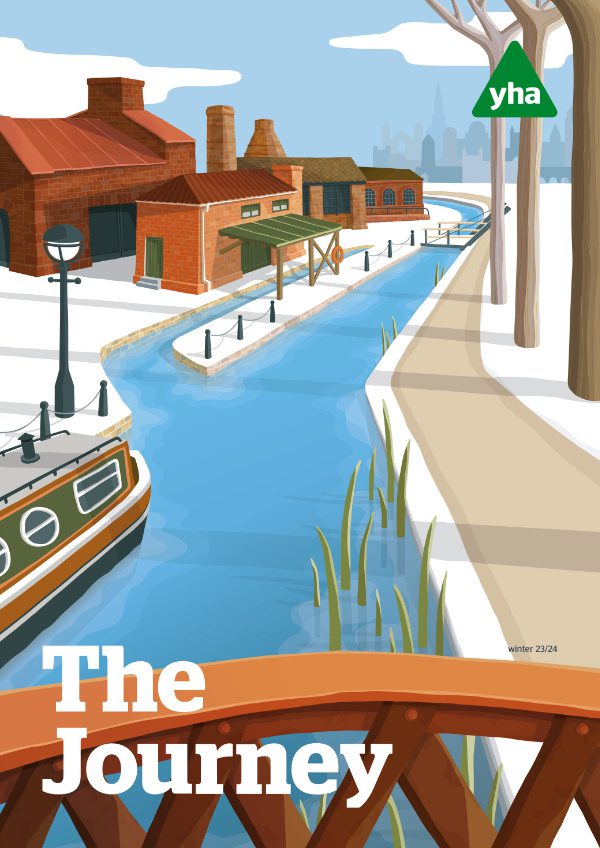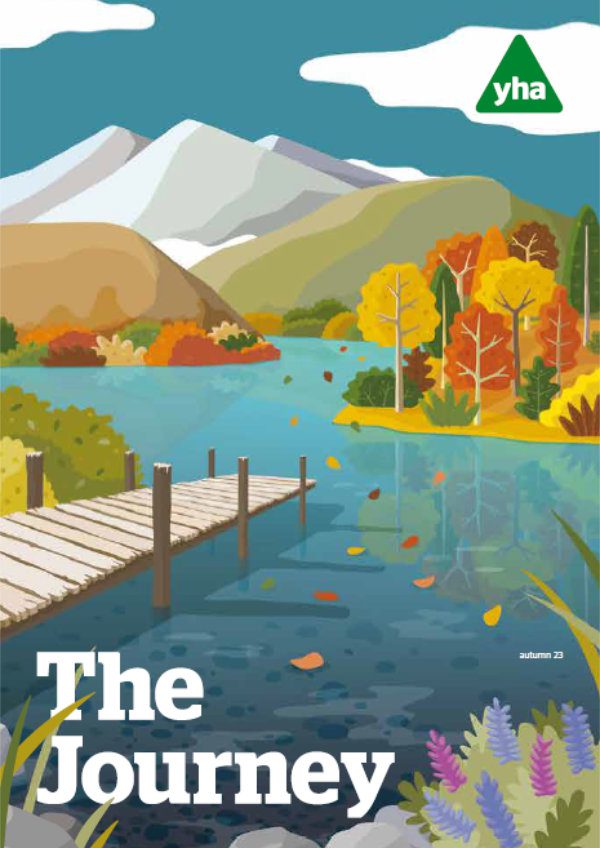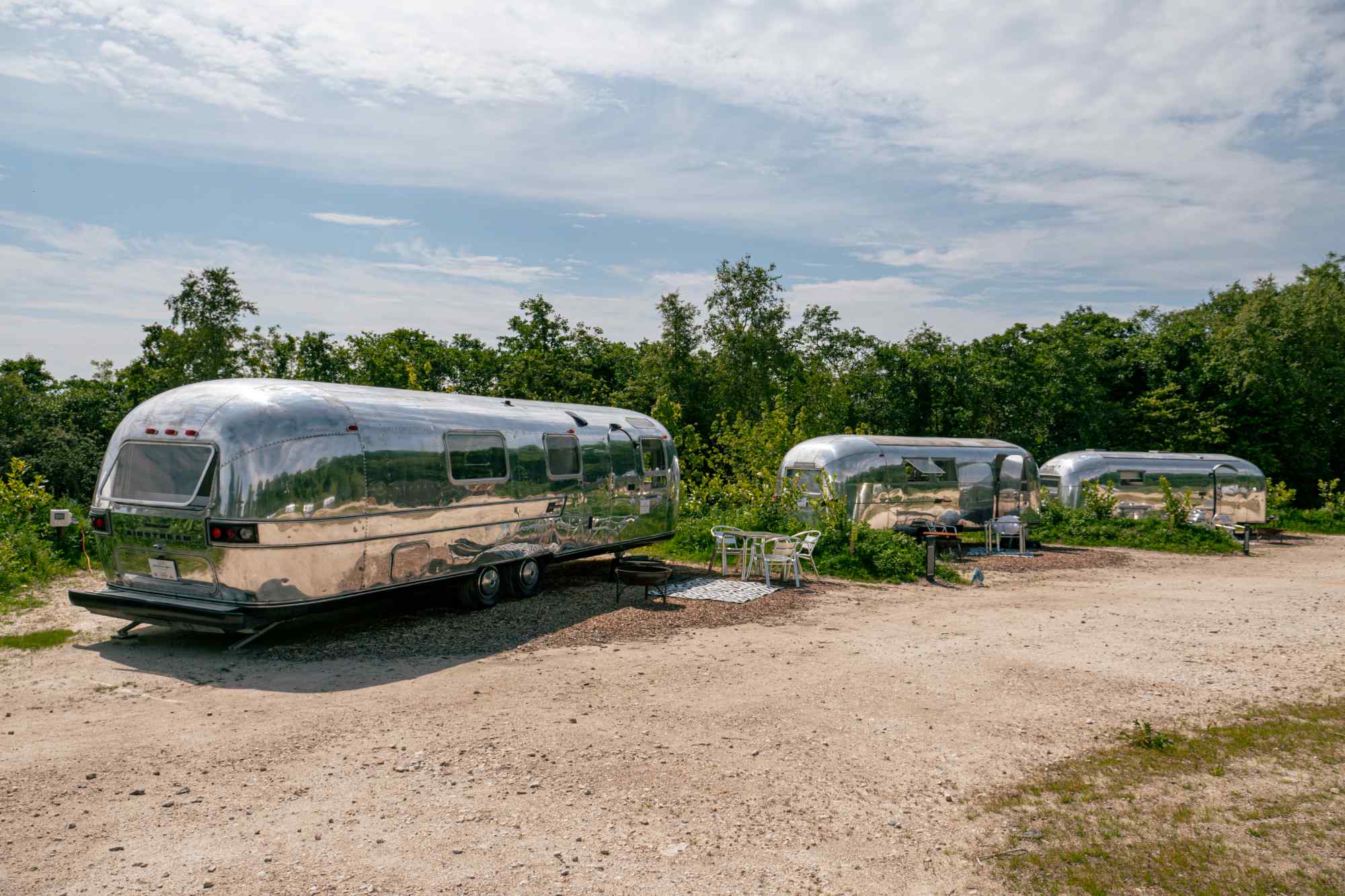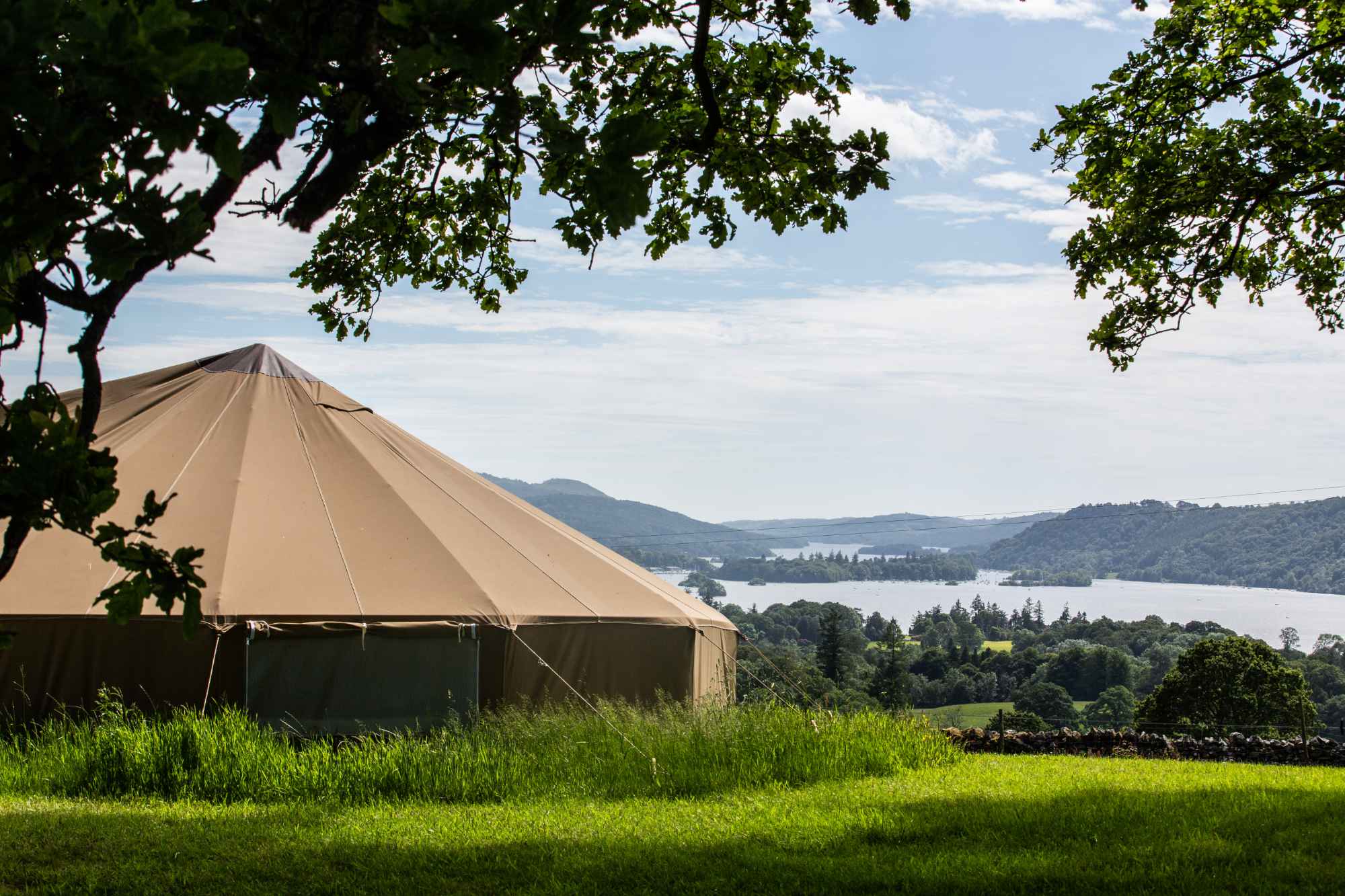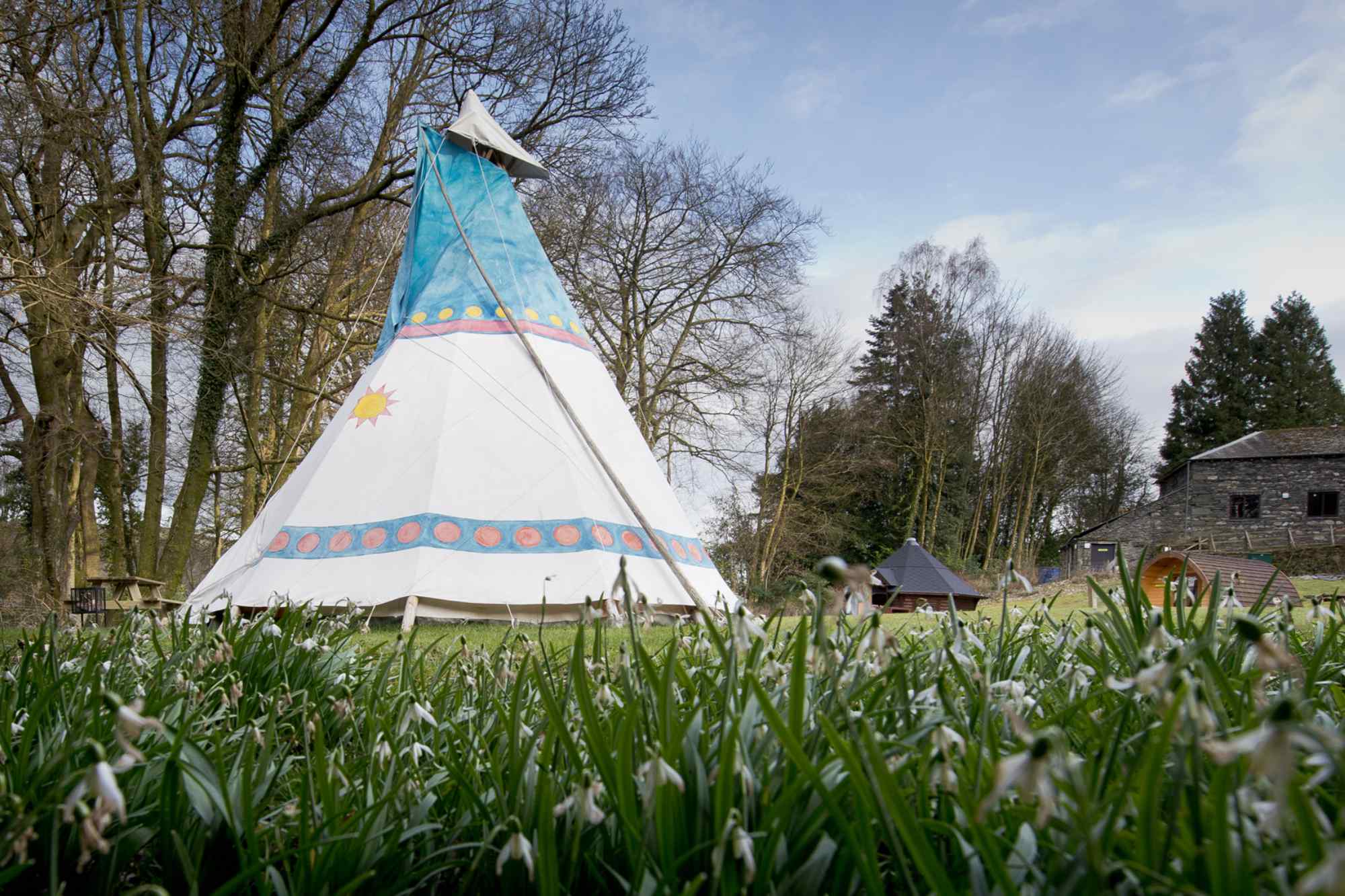Winter walking in the hills of England and Wales is its own experience. It’s colder and wetter than summer, and the days are shorter. That said, with a low sun shining on the slopes, for our money it’s the best time of the year.
Snow on steep ground requires an ice axe and crampons, and most importantly the skills to use them. Need to gen up? Head to Plas y Brenin in Eryri (Snowdonia), an excellent option for fun and informative winter skills courses covering avalanche safety, equipment and navigation.
Warm clothing
The way to keep warm is to layer your clothing. Avoid cotton and denim, instead using a synthetic or Merino wool base layer that moves sweat away from the skin and dries quickly. You’ll also want a warm fleece or midlayer (something with wicking properties is ideal.) — wind can feel exceptionally cold, so something windproof, such as a softshell, is a great option.
You’ll also need a waterproof jacket and an insulated down or synthetic jacket. These are ideal to throw on when you stop for a hot drink on your route, or sit down to enjoy a summit sandwich. A good warm hat is a great way to regulate your body’s temperature, and for your hands, carry a pair of gloves, a pair of mittens and a spare just in case the other pair gets wet.
Footwear
Whether you’re ambling along a lowland trail or exploring icy ridges and peaks, a good pair of boots are essential. Underfoot conditions can be slippy, so you’ll need the extra ankle support, traction, and warmth that a decent pair of walking boots will provide.
If you’re planning on covering lots of treacherous terrain throughout the winter season, it might also be worth investing in a good pair of crampons or microspikes to further increase your stability on the snow and ice that you’ll likely encounter on higher ground. Crampons tend to be heavier and more robust which makes them perfect for difficult terrain but also can make them difficult to pack, whereas microspikes are smaller, more lightweight and easier to transport but not as suited to more rugged terrain.
Emergency kit
The days are short in winter, so carry two torches and spare batteries. Bring extra socks, gloves and waterproof trousers (which also act as good insulators). And be sure to carry an emergency group shelter just in case there’s an accident. They’re light and relatively cheap. You should also bring along a first aid kit, blister plasters, and some extra snacks like granola bars or trail mix just in case you need to stop moving for an extended period of time.
Did you know?
All YHA members receive discounts at gear stores including Cotswold Outdoor, GO Outdoors, Snow+Rock, Runners Need and Cycle Surgery.
Now you’ve got the gear, it’s time to head out and get exploring. So, here are five UK winter walks that are good for your soul…
Photo credit: Adobestock – Mr Doomitz

